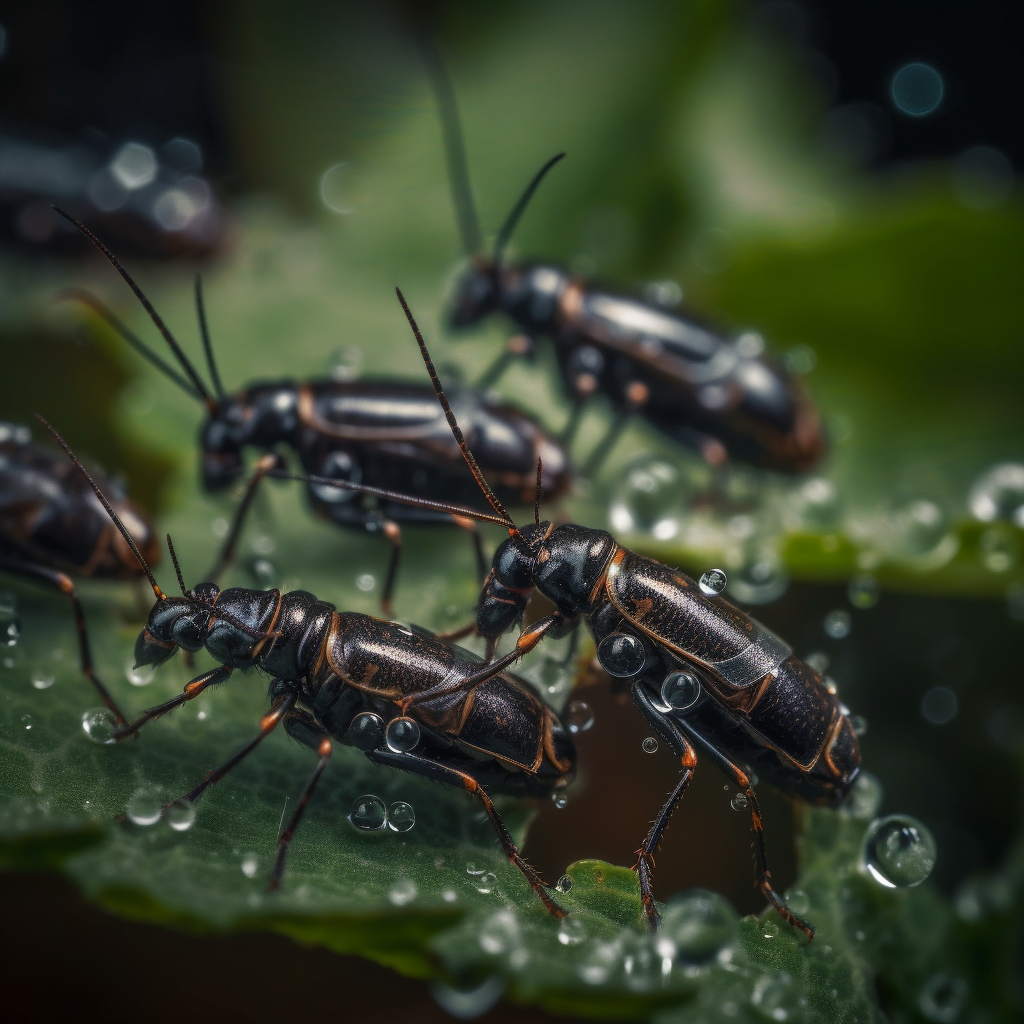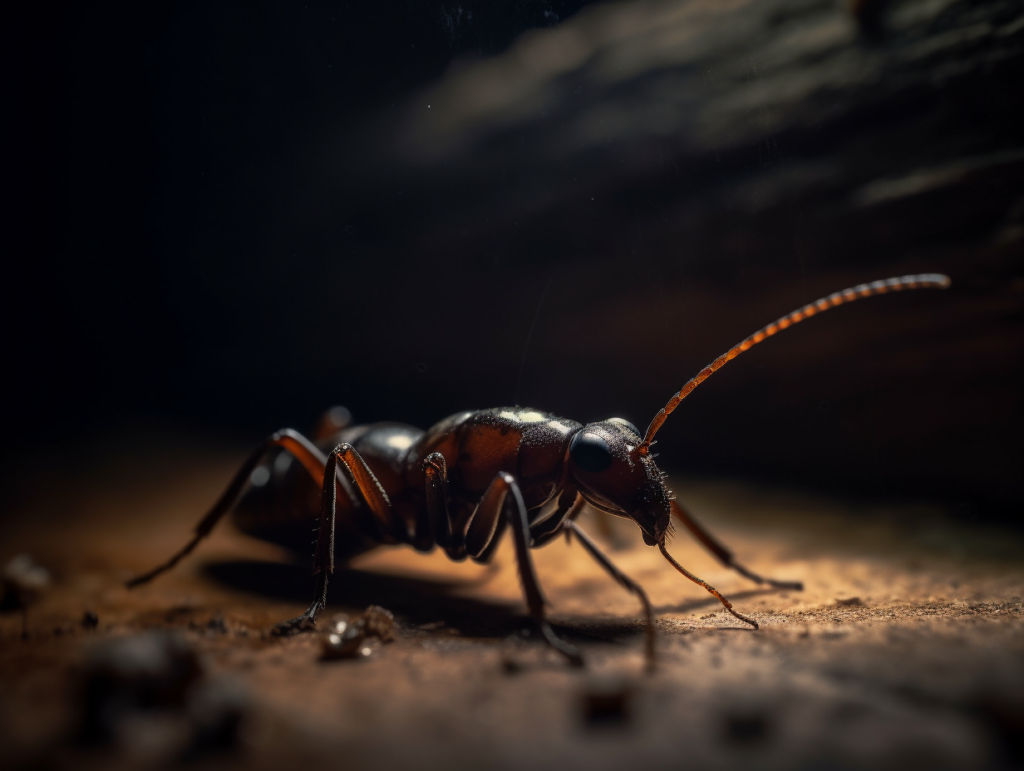
Tulsa Earwig Extermination
We specialize in eradicating Earwigs in Tulsa, Oklahoma area. Earwigs are common intruders that live in damp areas of your home. Immediate action is recommended.
Understanding the Behavior of Earwigs
You need to understand the behavior of earwigs in order to effectively exterminate them in Tulsa. Earwigs are nocturnal insects that are attracted to moist and dark environments. They are commonly found in gardens, under rocks, and in decaying organic matter. Earwigs are known for their pincer-like appendages on their abdomen, which they use for defense and capturing prey.
During the day, earwigs seek shelter in dark and damp areas, such as cracks in the soil or under debris. They are most active at night, when they come out to feed on small insects, plants, and organic matter. Understanding their behavior patterns and preferred habitats can help in devising effective strategies for extermination.

Identifying Earwig Infestations
Spotting an infestation of these pests can be easily done by looking for small, dark insects with long pinchers scurrying around your home. Earwigs are nocturnal creatures, so you may not see them during the day, but if you turn on the lights at night, you may notice them crawling on your walls, floors, or ceilings.
They are attracted to moisture, so check your bathroom, kitchen, and basement for signs of their presence. Another indication of an earwig infestation is finding their eggs. These eggs are small, white, and oval-shaped, and they are usually laid in damp areas such as under mulch, in flower beds, or in potted plants. If you come across these eggs, it is a clear sign that you have an earwig infestation.

Implementing Effective Earwig Control Methods
Implementing effective methods to control earwig infestations can help protect your home from further damage caused by these nocturnal pests. One of the first steps in controlling earwigs is to identify their hiding places and breeding grounds.
Earwigs are attracted to damp and dark areas, so it is important to eliminate any moisture sources in and around your house. This can be done by fixing leaky pipes, ensuring proper drainage, and removing any standing water. Additionally, sealing cracks and crevices in your home’s foundation and walls can prevent earwigs from entering and nesting inside.

Earwig Extermination & Prevention
These long, narrow nocturnal feeders thrive in dark, damp environments. They are fast moving and will scatter when disturbed or when a light shines on them. These pests, while not technically a danger to humans, will cause a lot of damage to your garden, despite the fact that they prey on aphids. They’ll destroy plants, seedlings, flower petals, soft fruits, and corn silks. So, if you are an avid gardener, you will want to stop the spread of earwigs quickly.
Let Nature Guard help you control the earwig population in your yard — key to having a successful harvest this year.
Frequently Asked Questions
Can earwigs fly?
No, earwigs cannot fly. While they have wings, they are not developed enough for flight. Earwigs primarily use their wings for balance and to protect their hind wings, which they use for short gliding distances.
How long do earwigs live?
Earwigs typically live for about one year. They go through several stages of development, starting as eggs and eventually becoming adults. They are nocturnal insects that prefer dark and damp environments.
What attracts earwigs to homes?
Earwigs are attracted to homes by moisture, darkness, and food sources such as decaying plant material. They seek out damp areas like basements, bathrooms, and kitchens, making them a common household pest.
Are earwigs harmful to humans?
No, earwigs are not harmful to humans. They are generally considered to be nuisance pests and do not pose a significant threat. However, they may pinch if they feel threatened.
Can earwigs cause damage to property?
Earwigs can cause damage to property, such as gardens and crops, as they feed on plants and can destroy foliage. It is important to take measures to prevent and control their presence.


